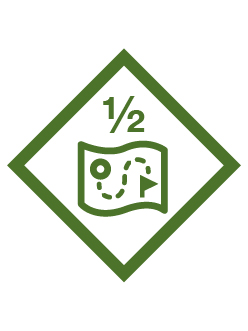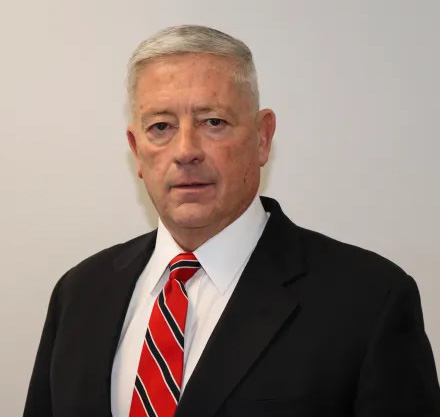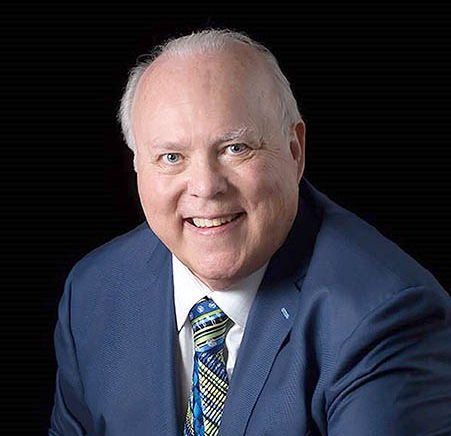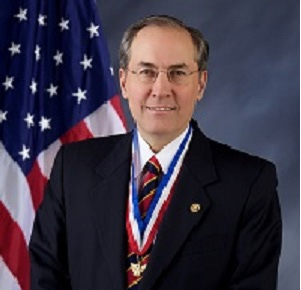Webelos – 4th Grade
Indoor
4
2
2
Cub Scouts project how long it will take to walk 2 miles in an indoor setting





